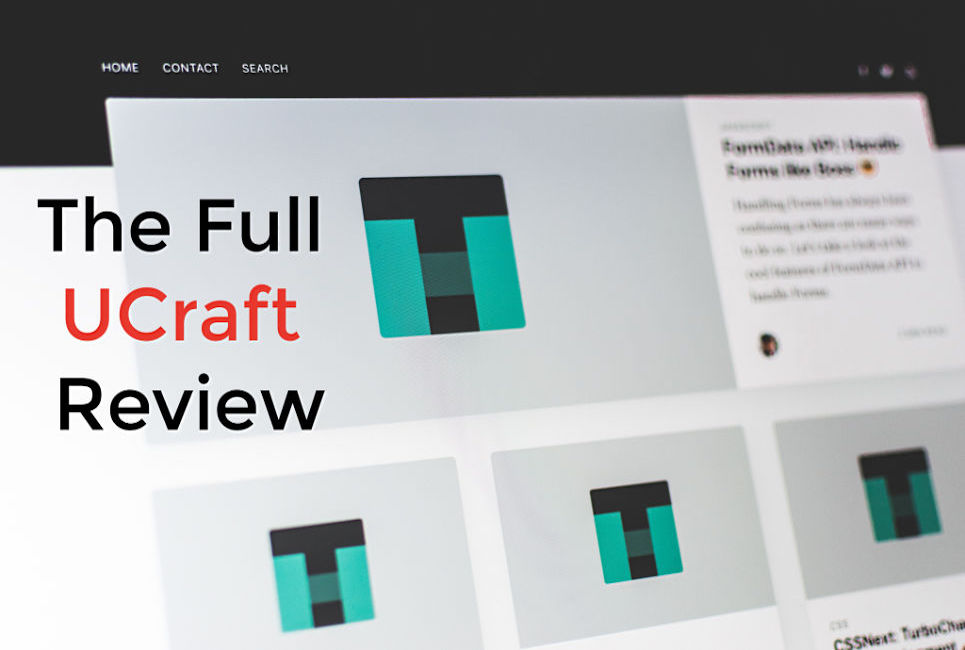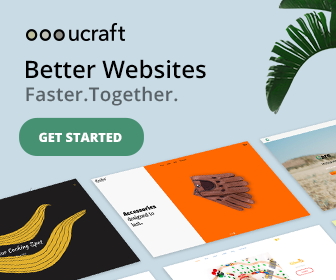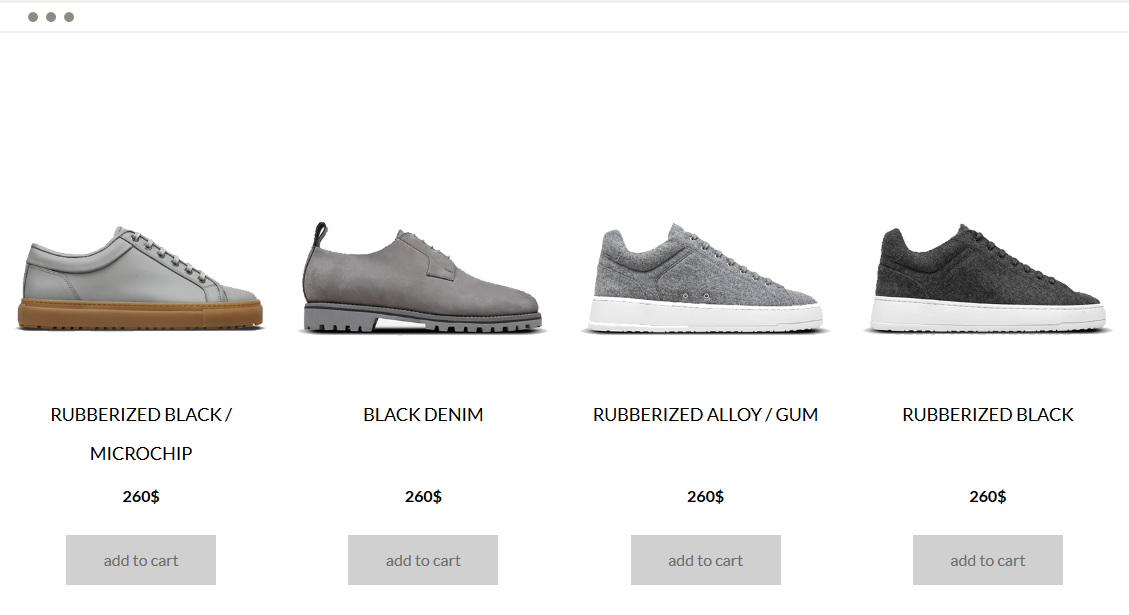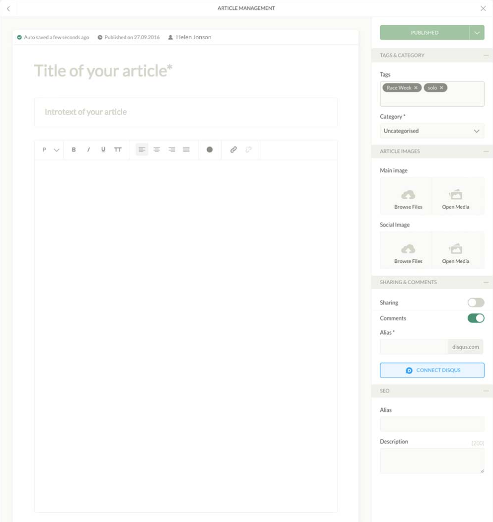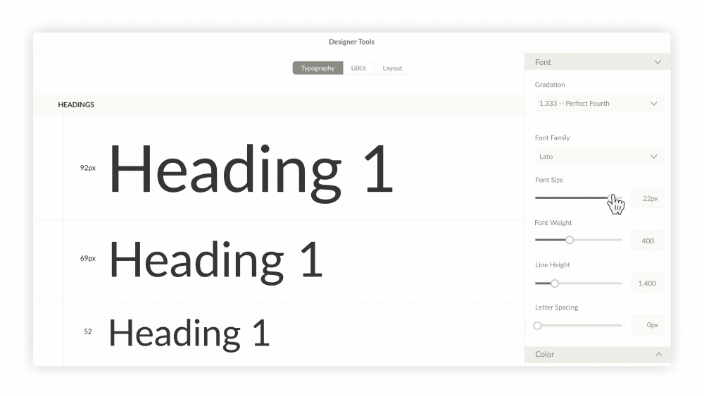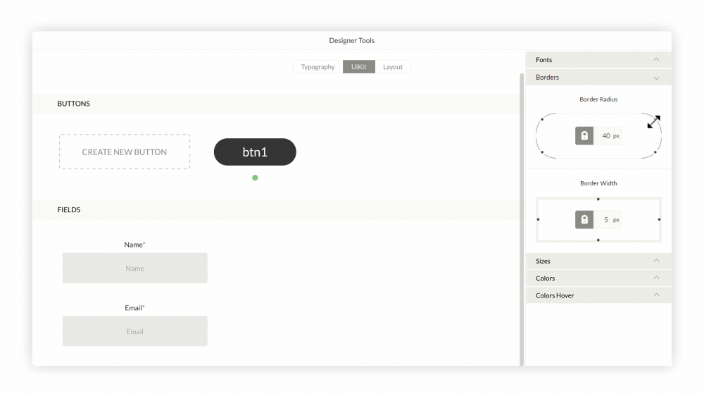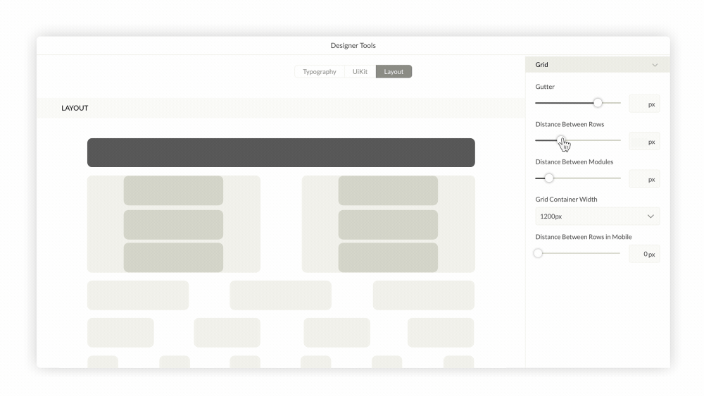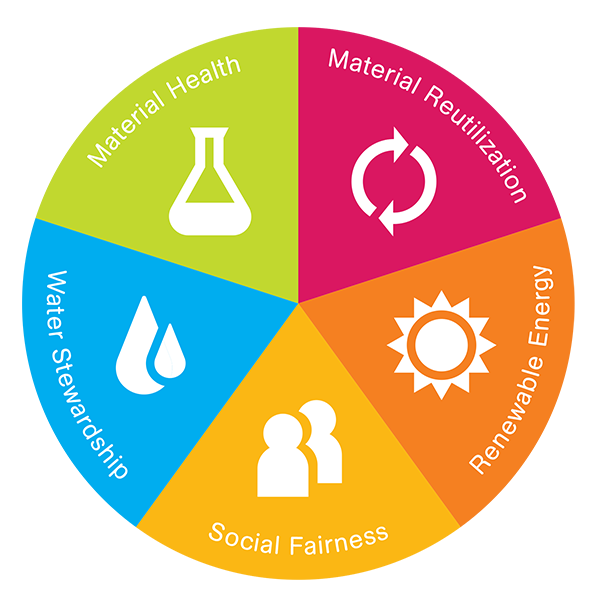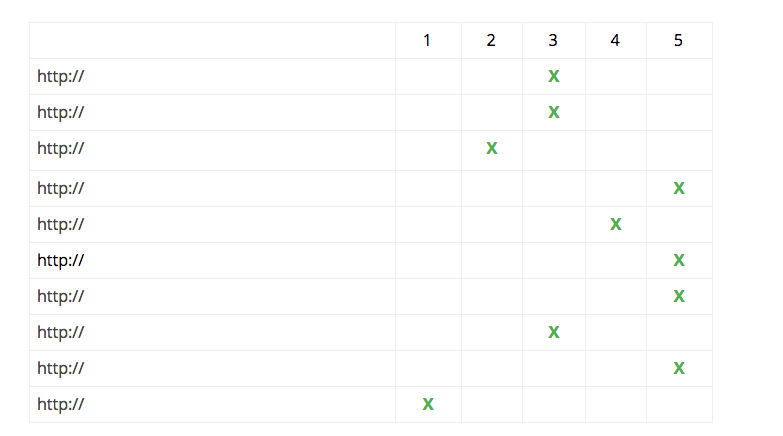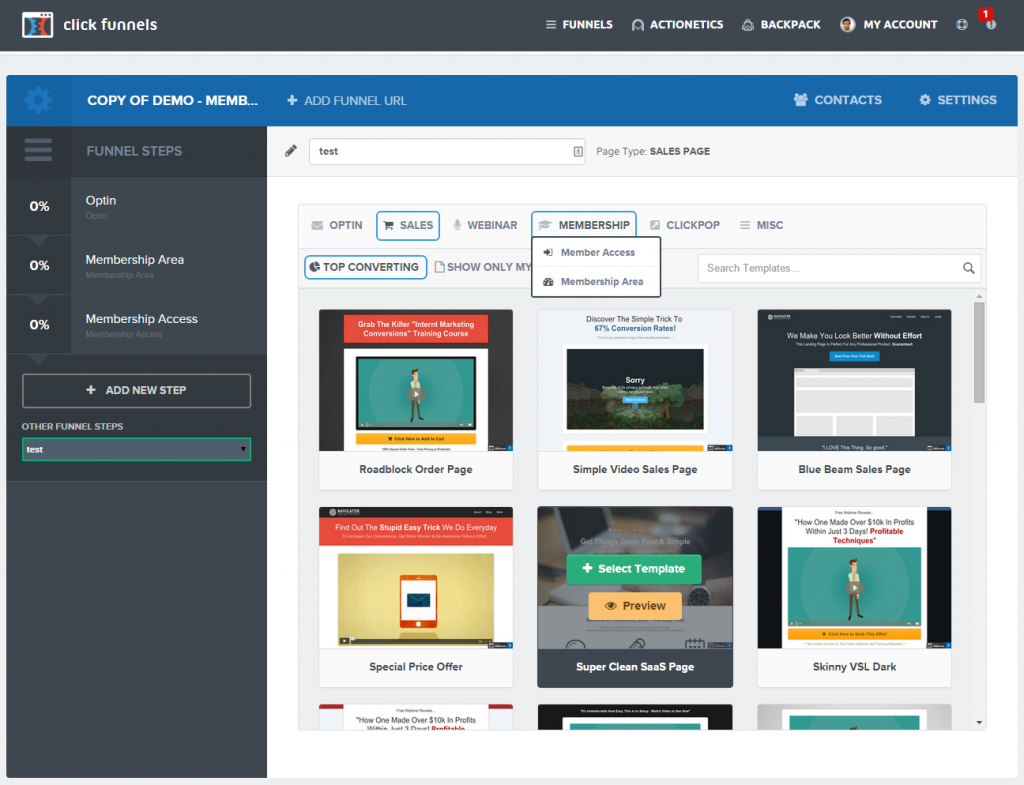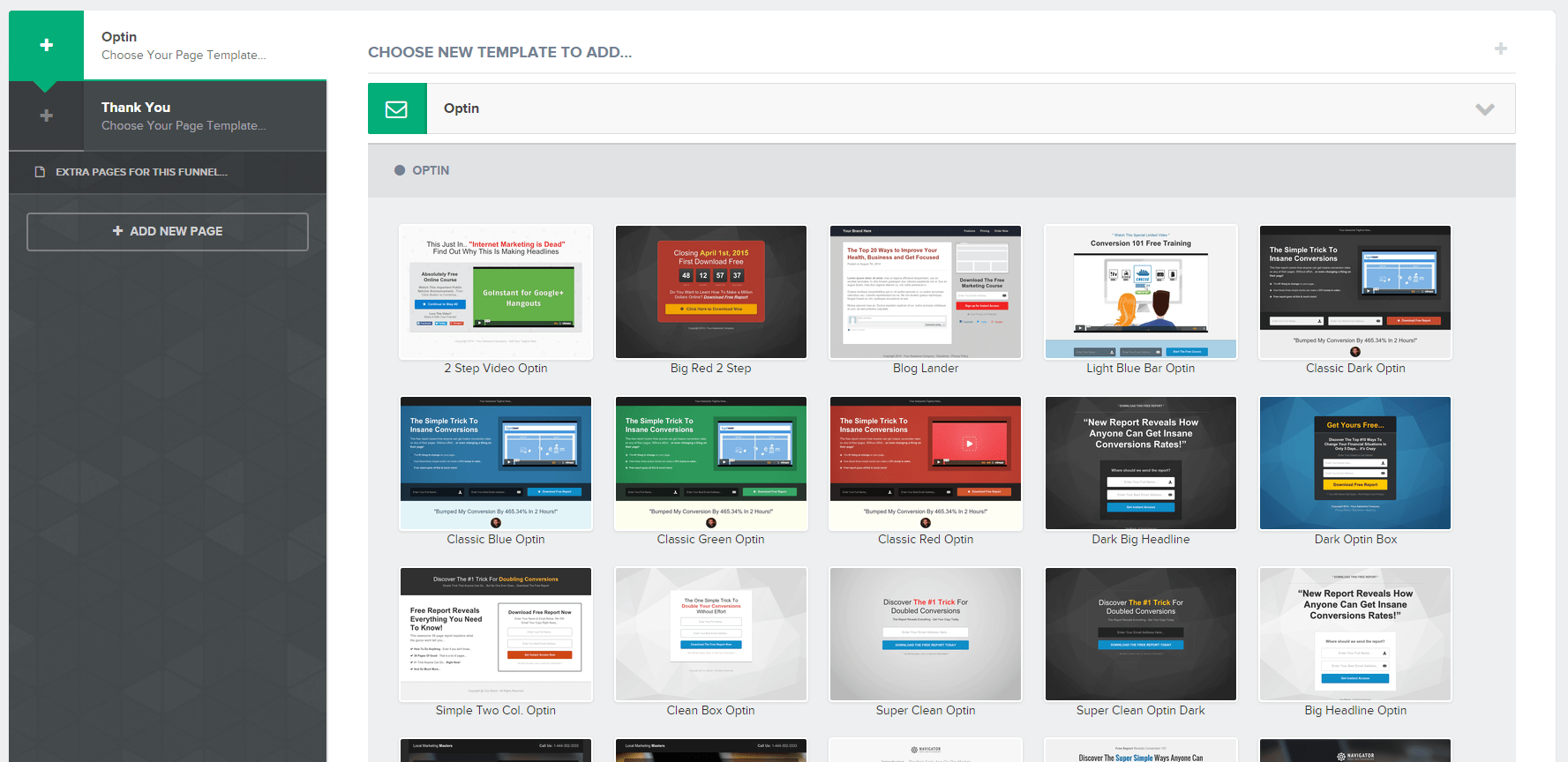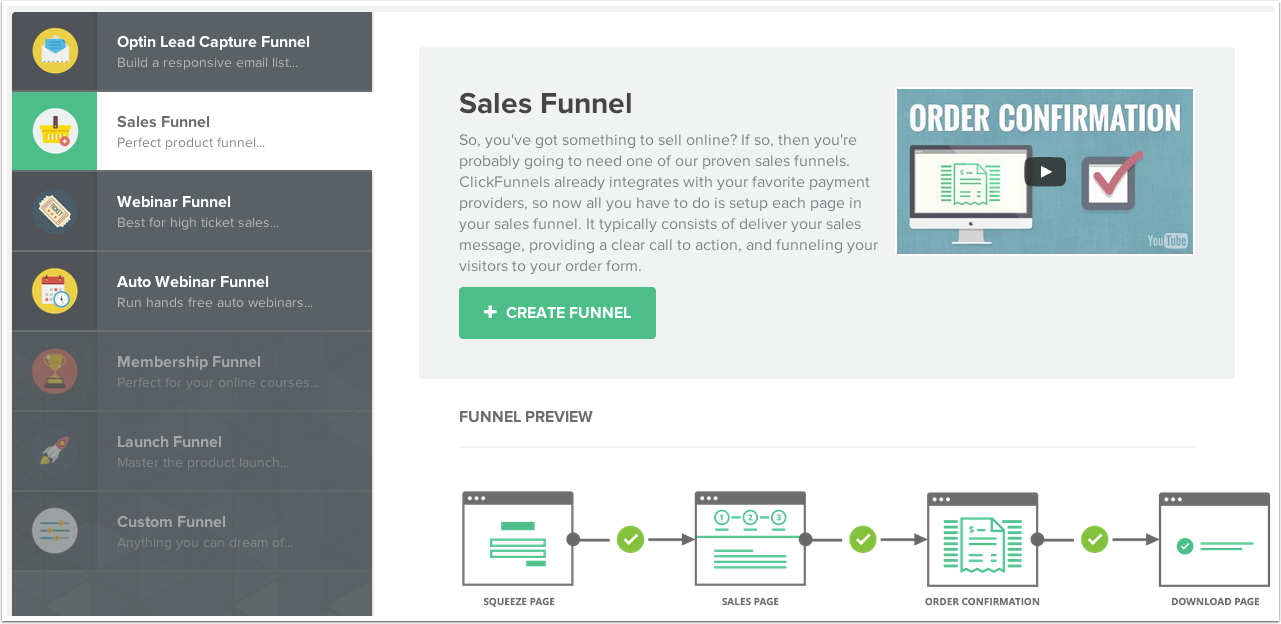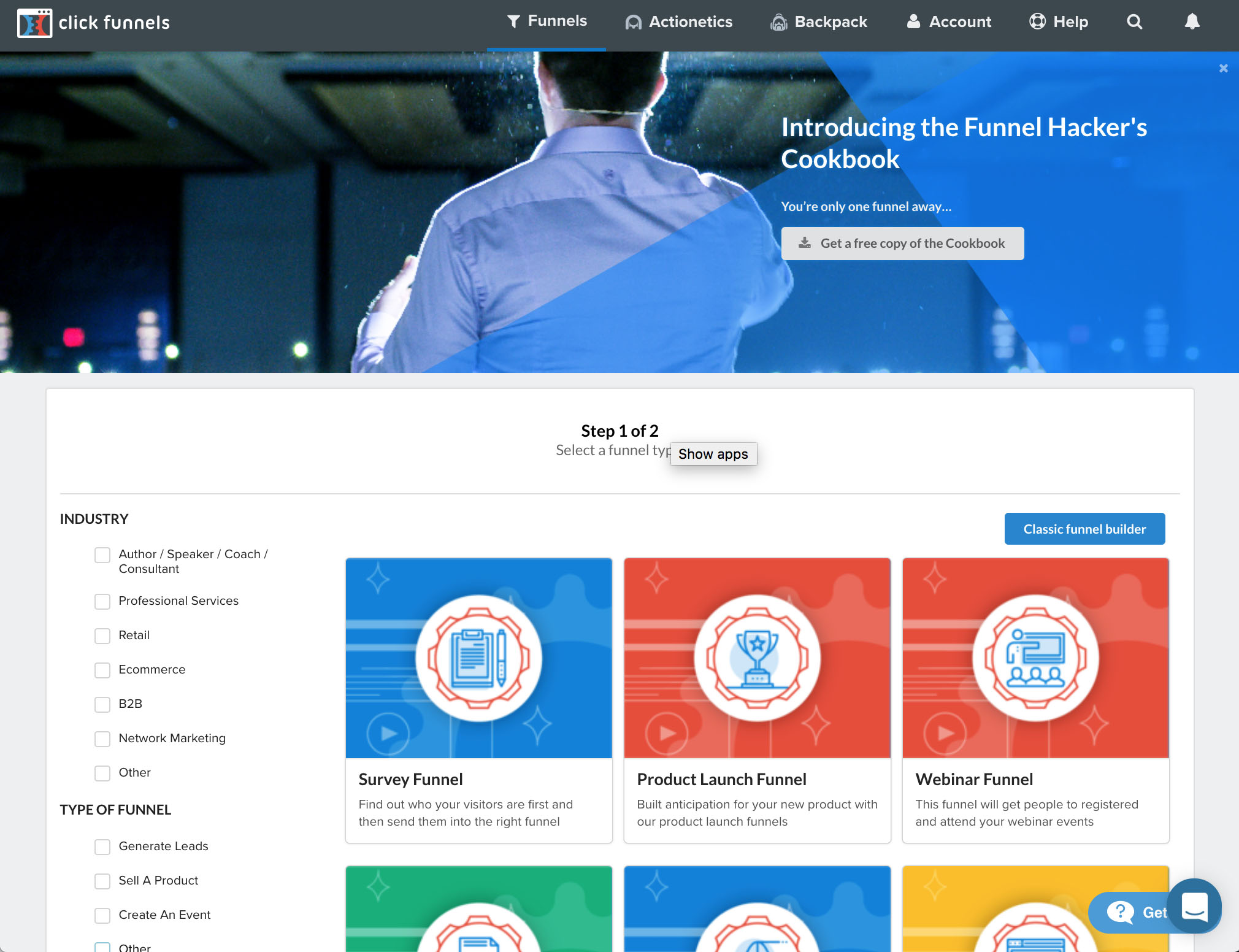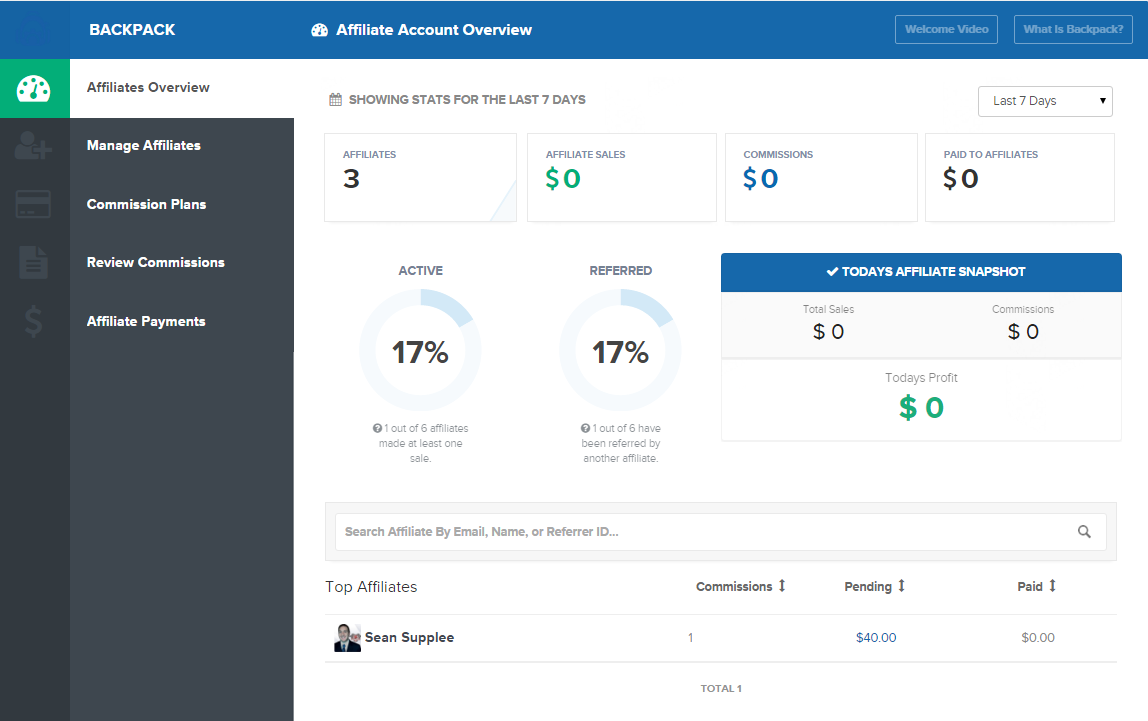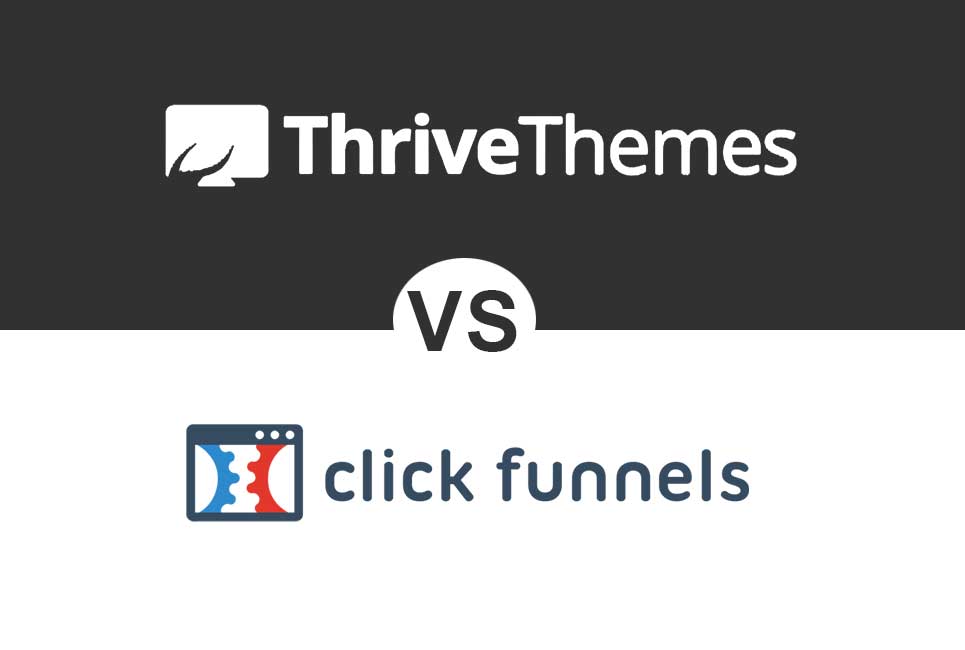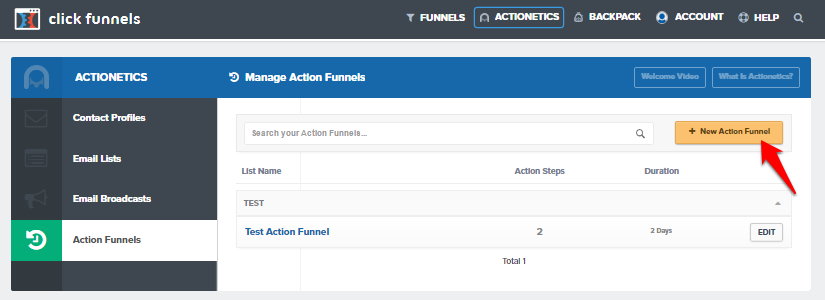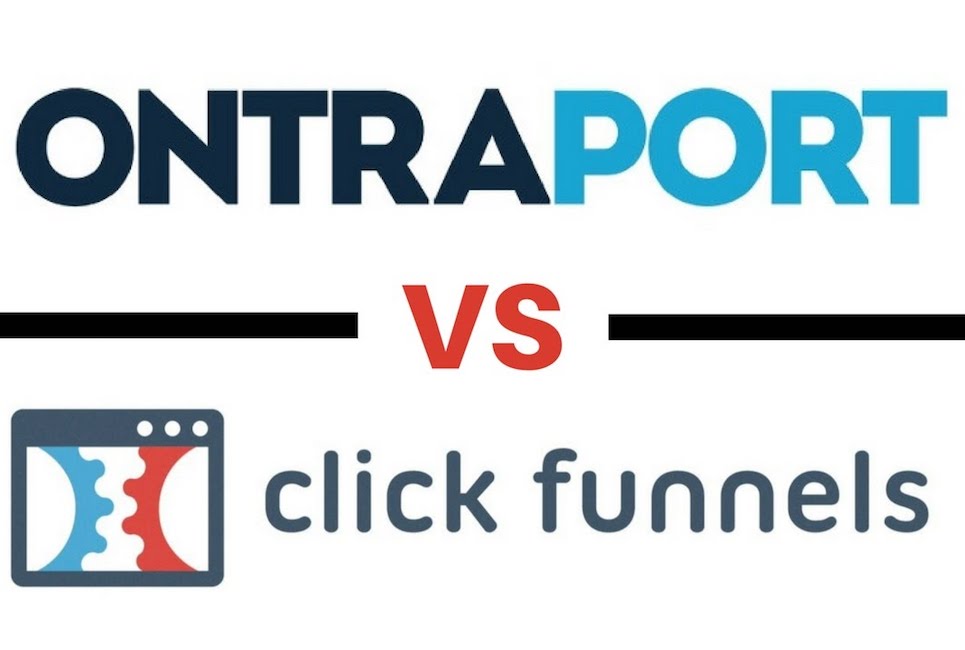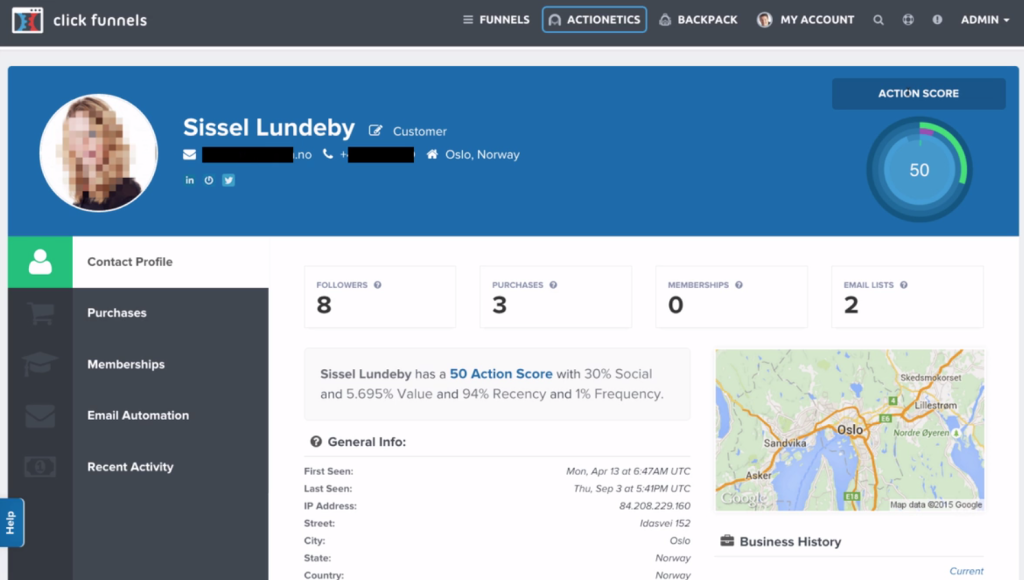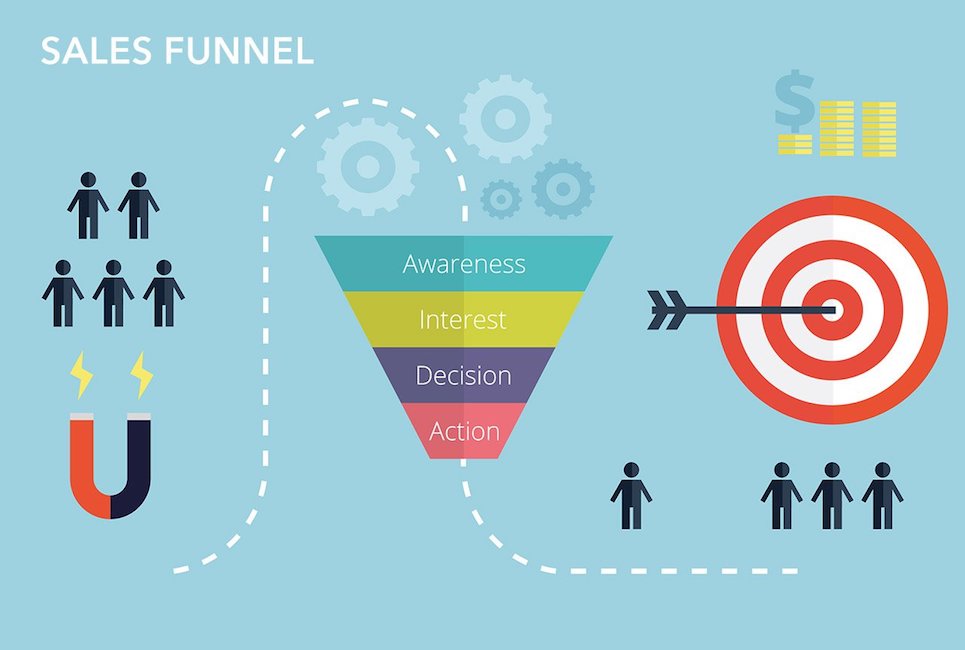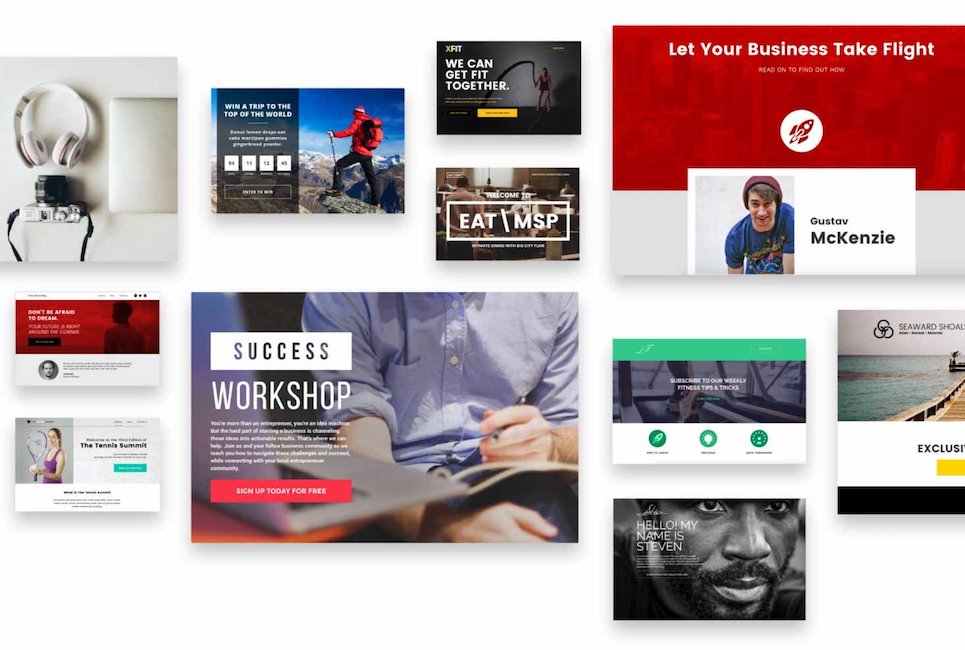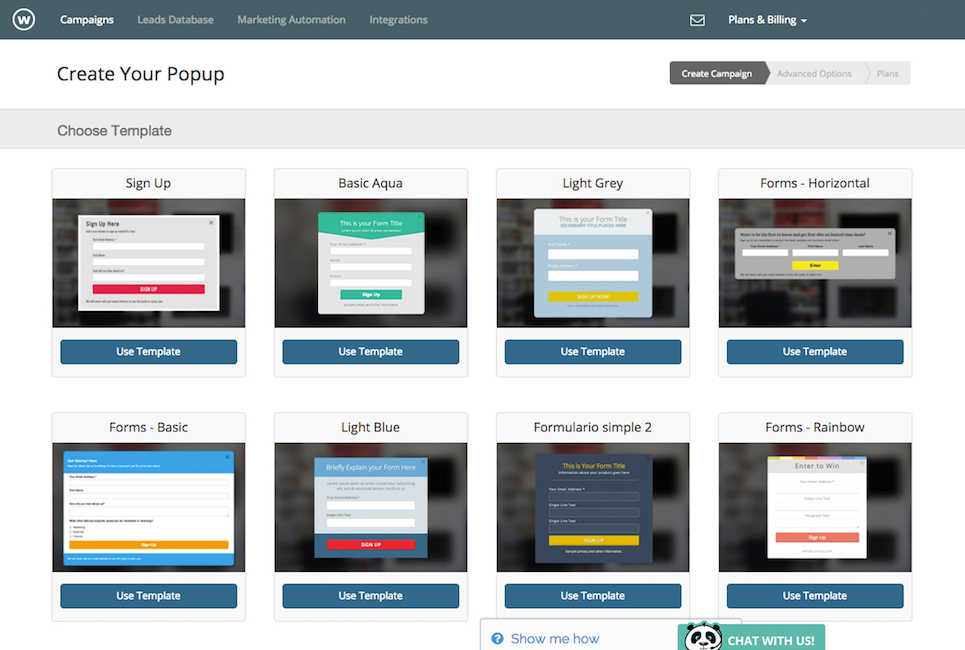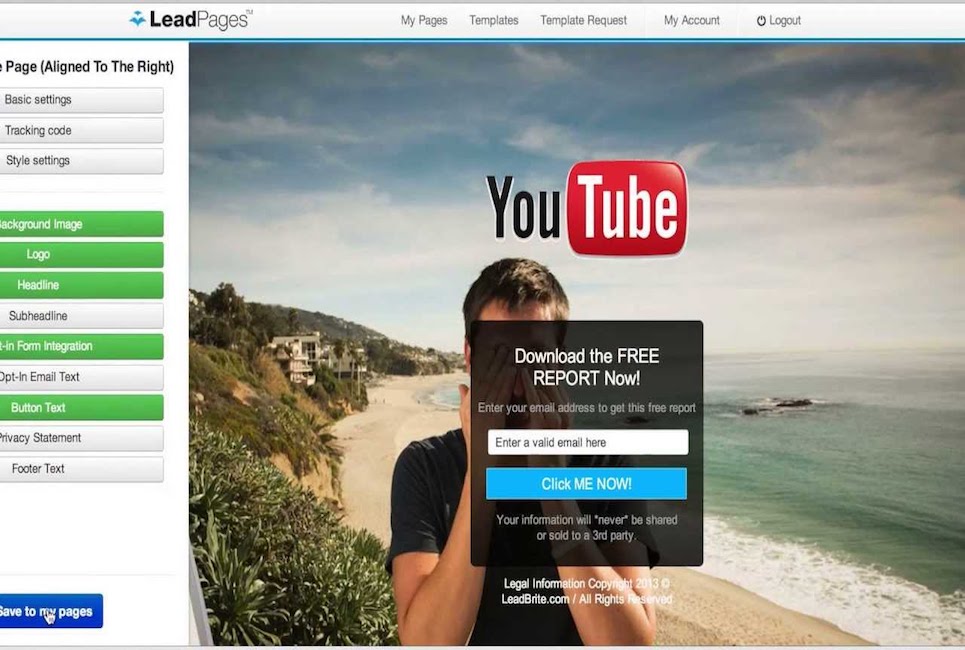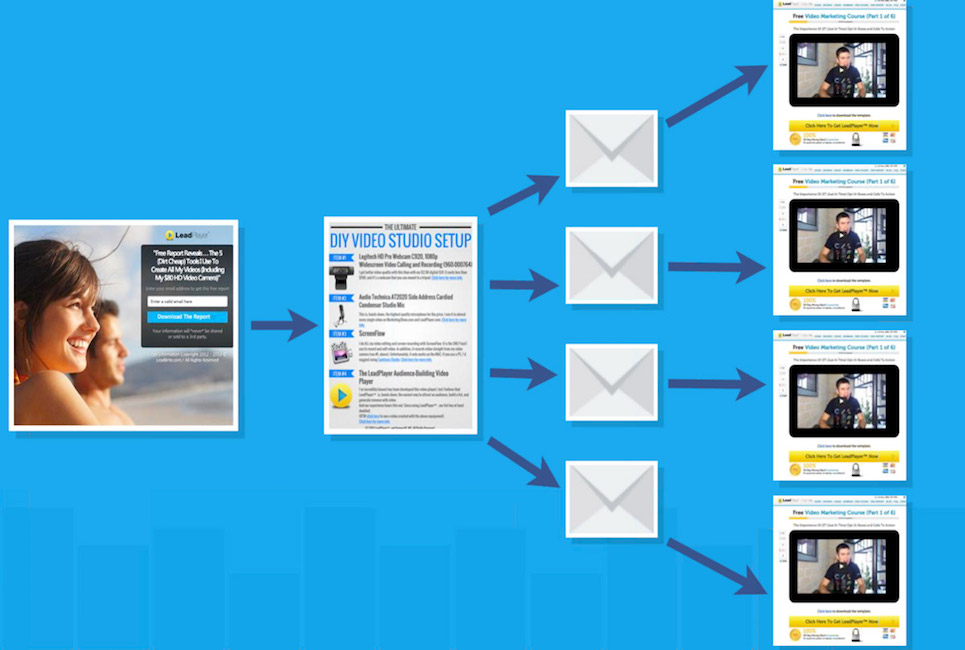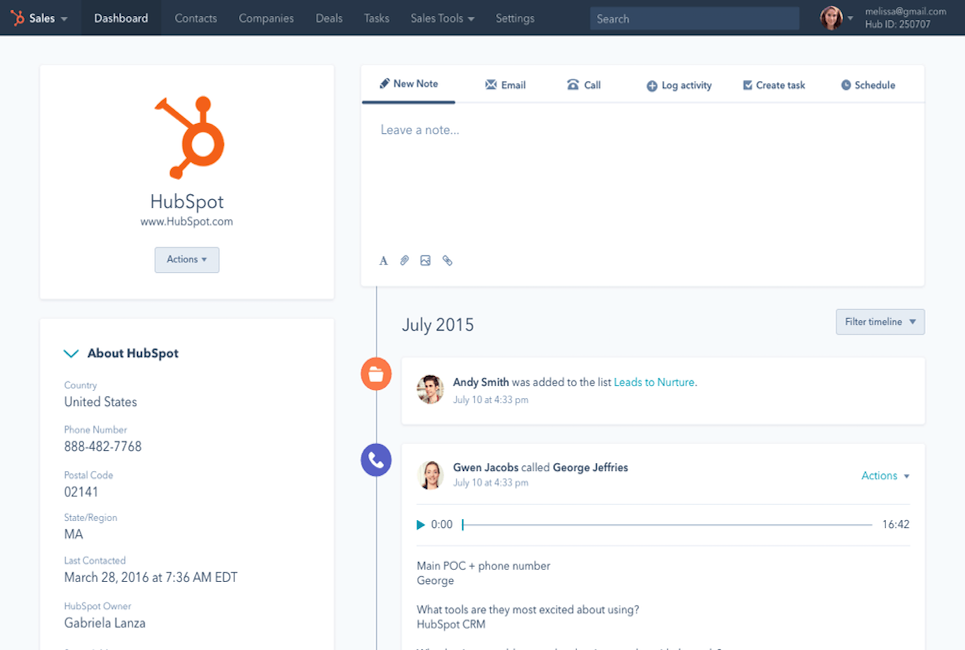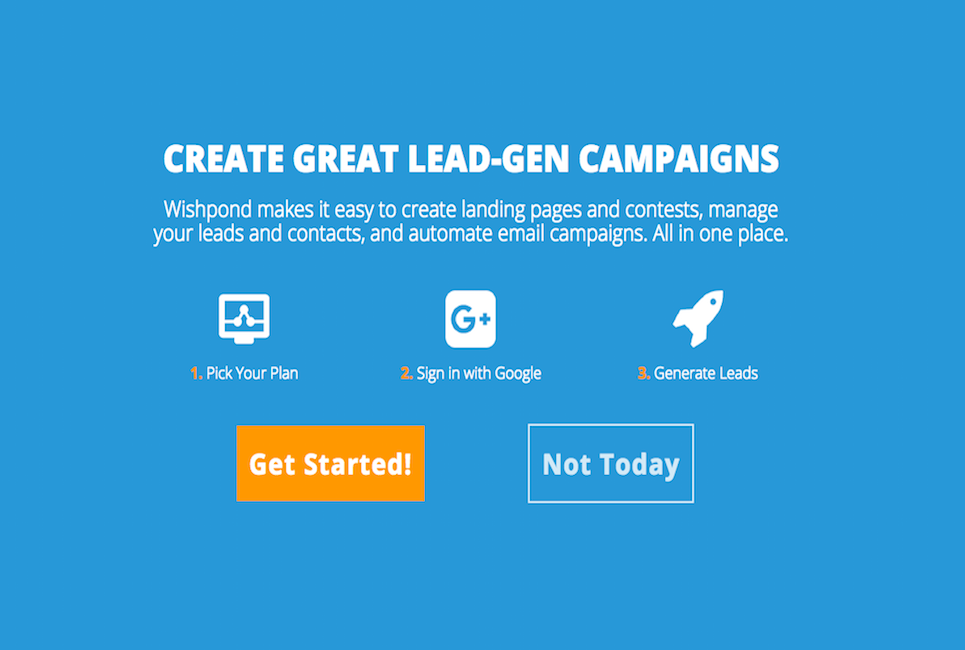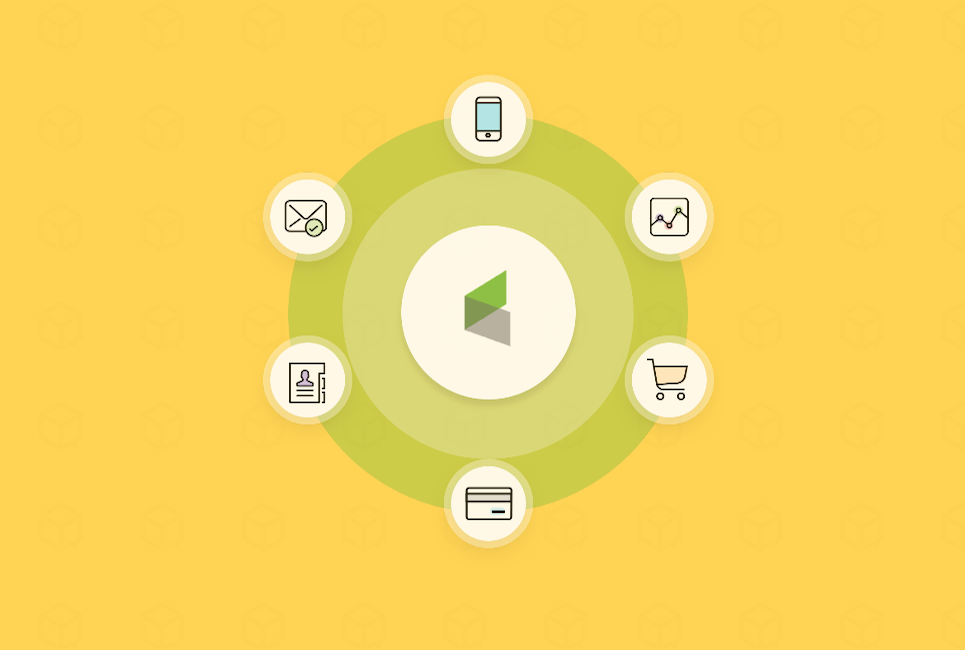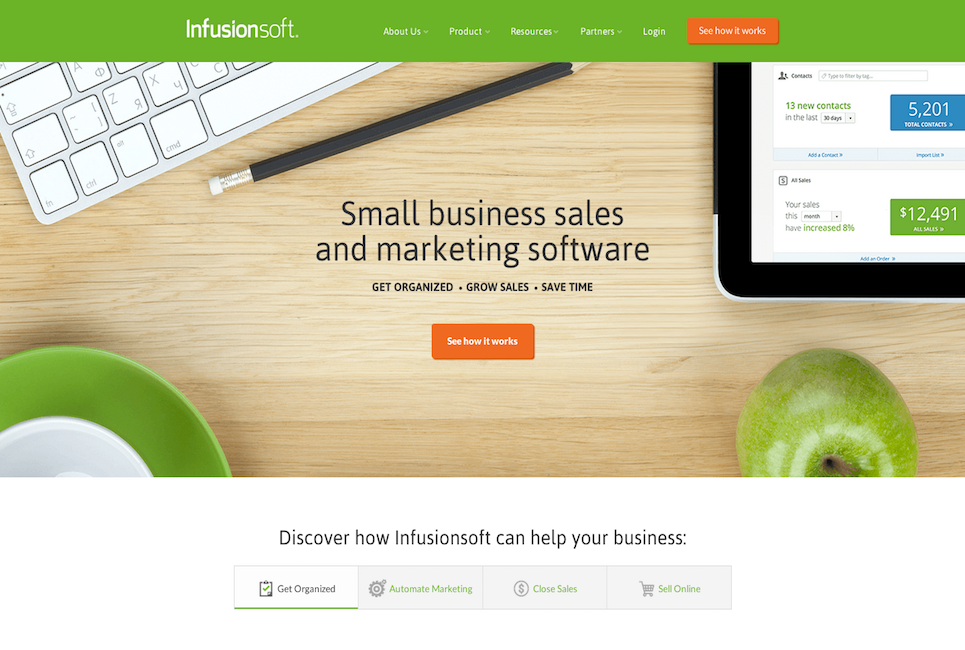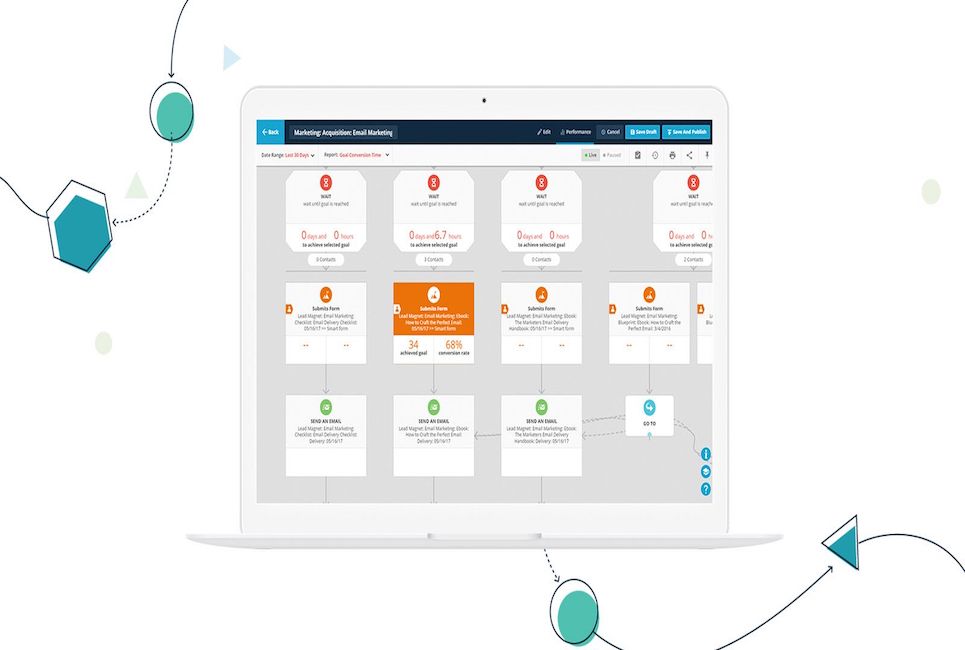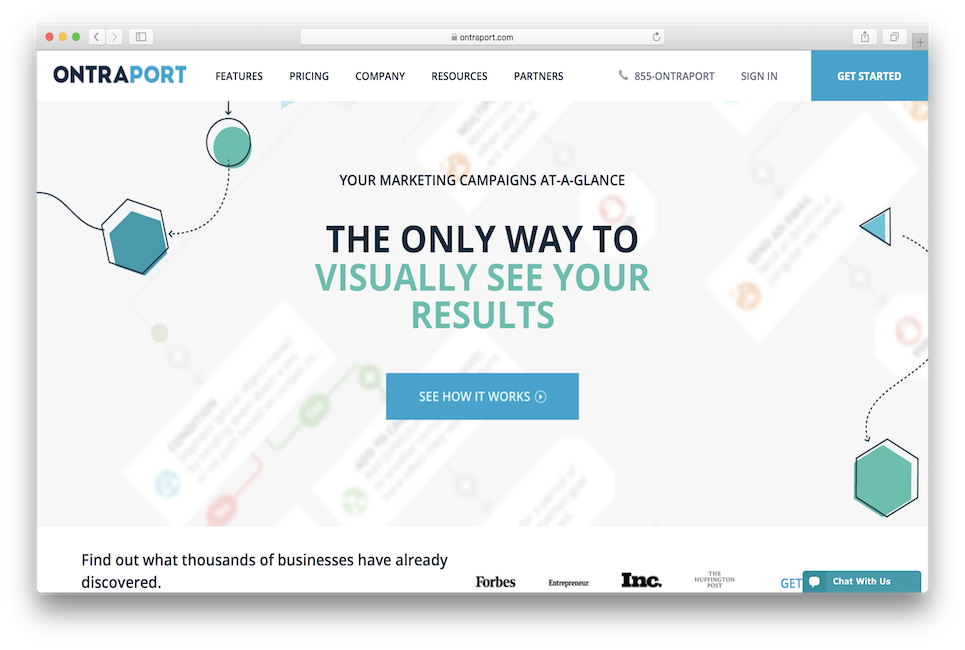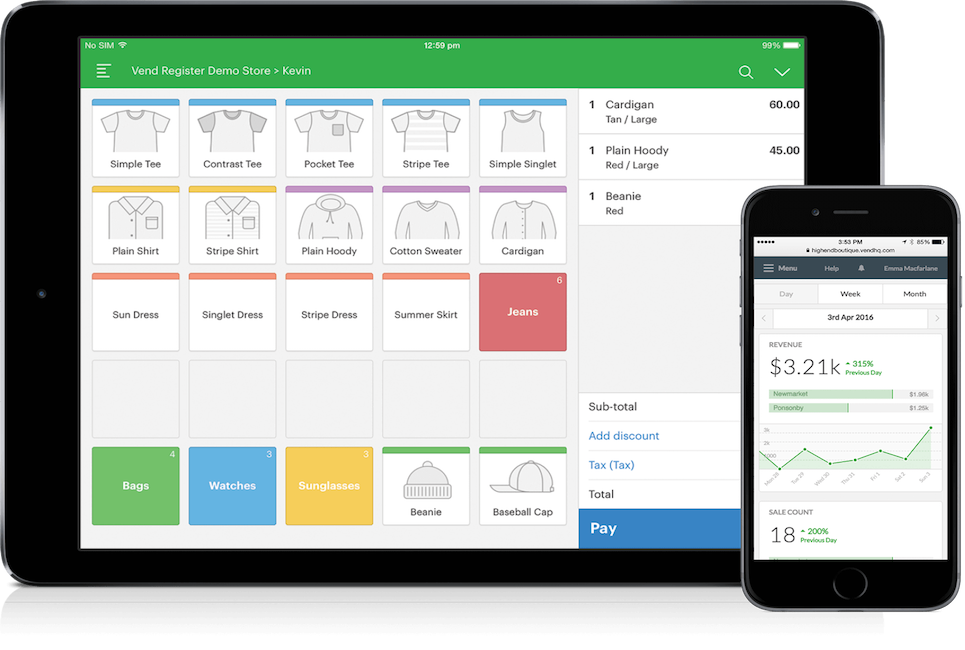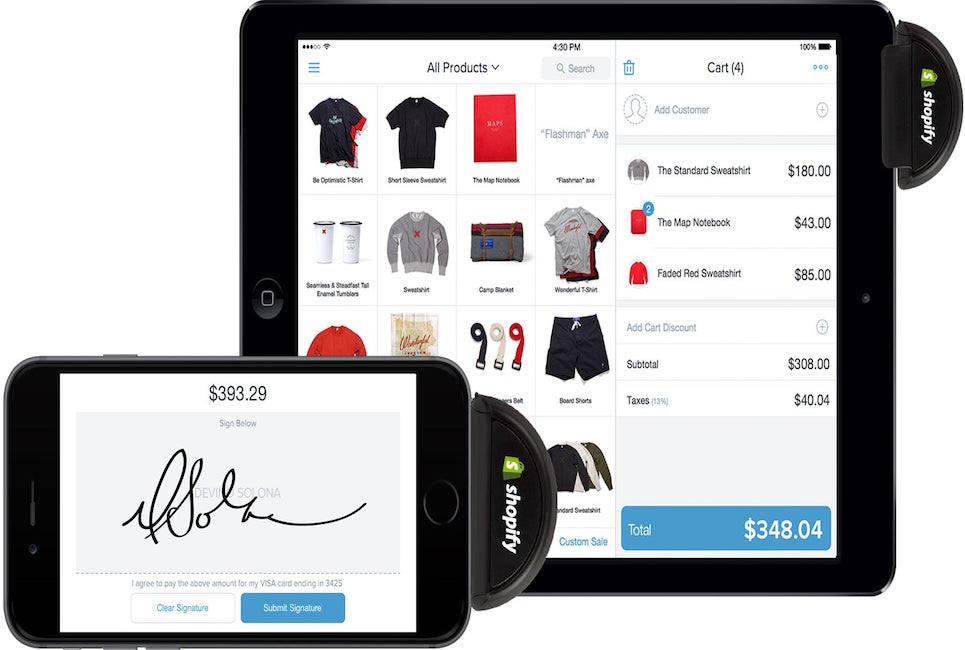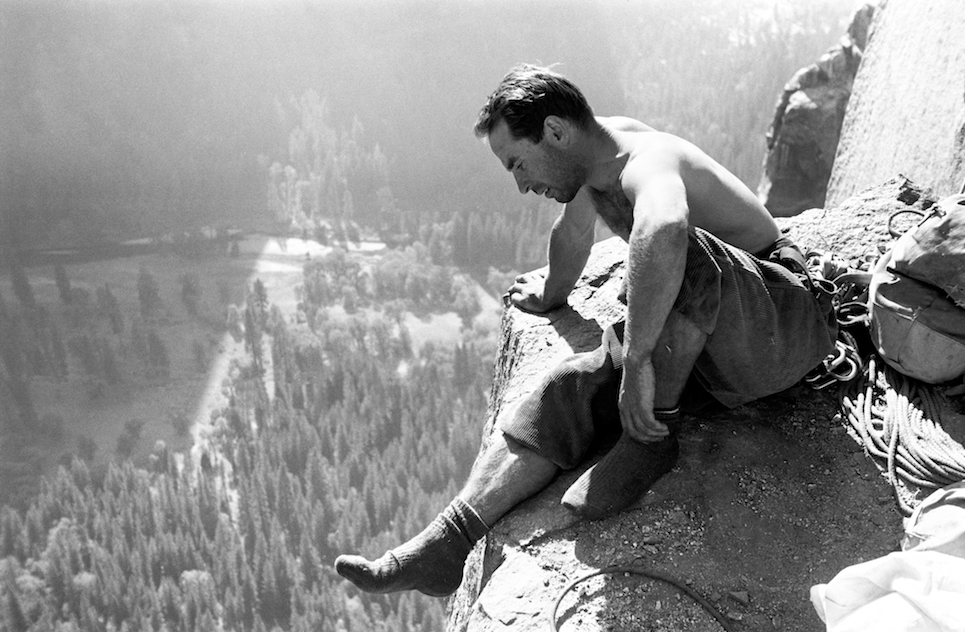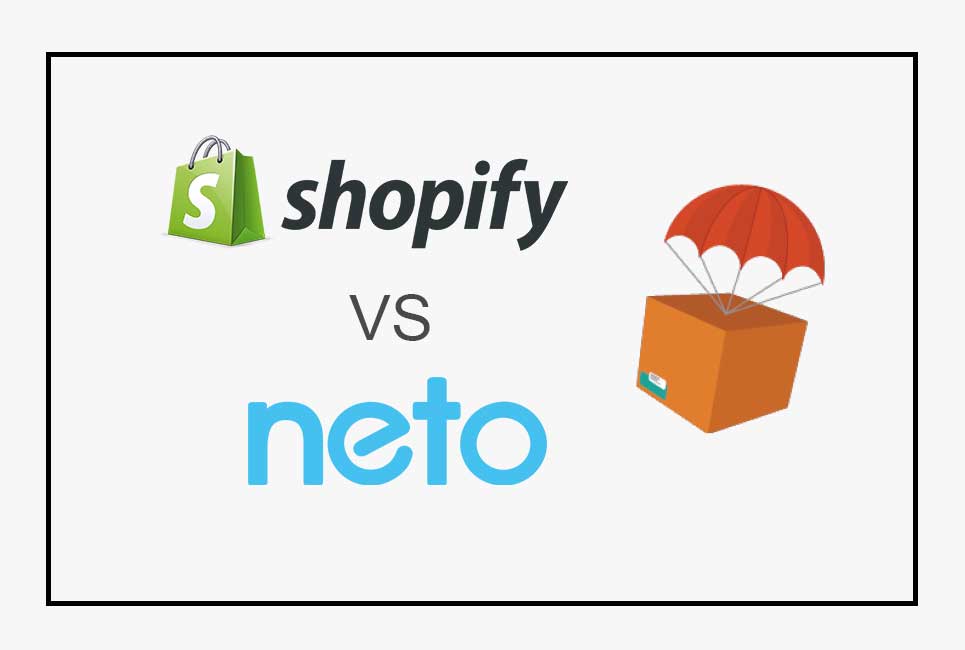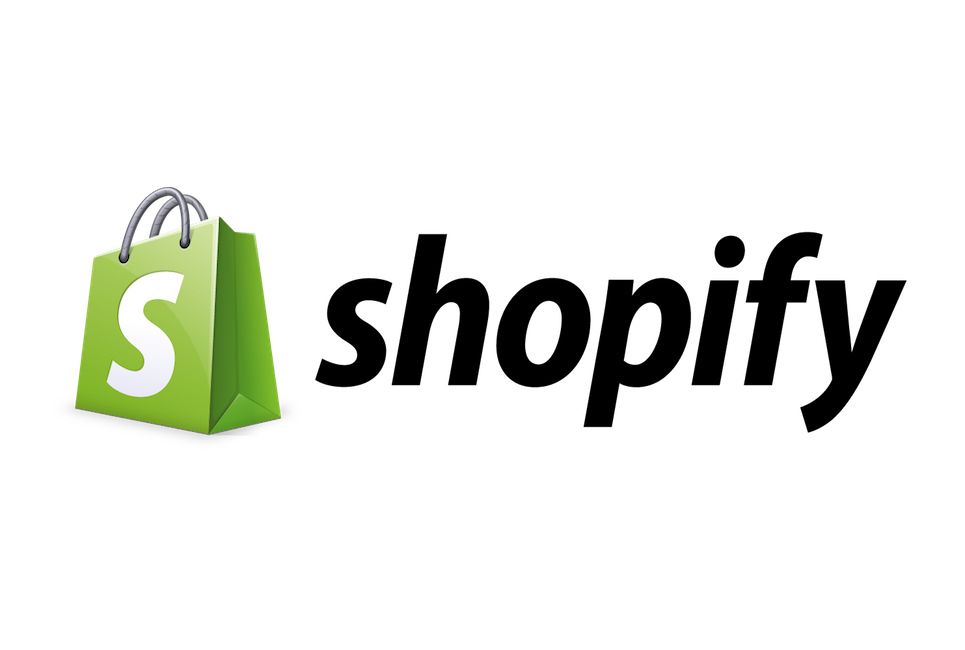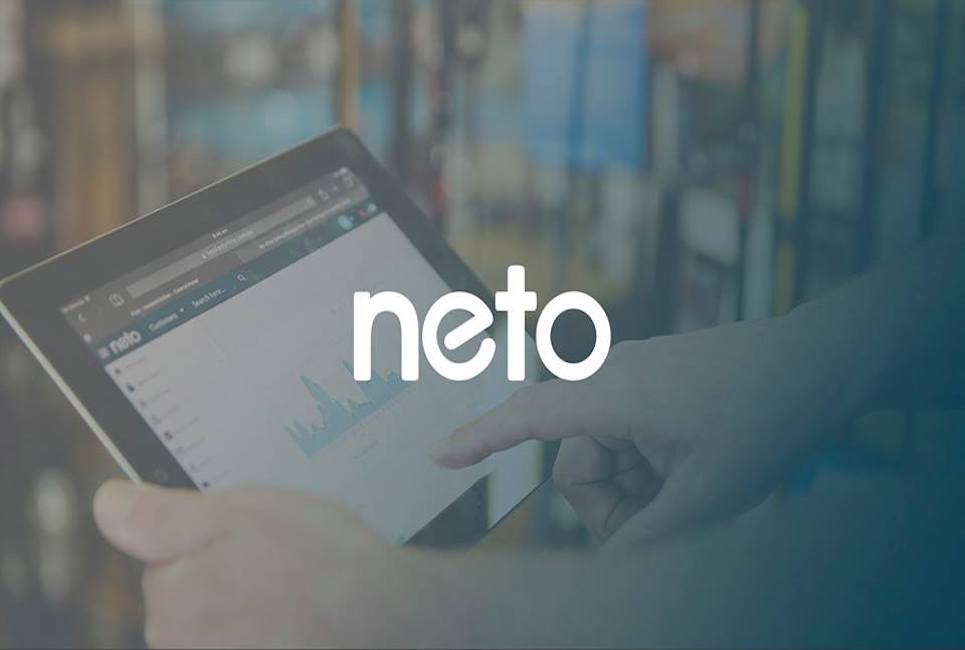Decentralization and Transparency
These are the two essential characteristics that make Blockchain technology alluring for early adopters, developers, and social entrepreneurs.
First, it is decentralized because it gets rid of central servers or authorities who act as intermediaries. Think of the central banks, governments, and policymakers, which serve as trusted intermediaries from the past, and at present are tainted by scandals, corruption, and dishonesty in all forms, fueling public distrust.
But with Blockchain, it leverages on peer-to-peer (P2P) network, which facilitates transactions and interactions recorded in a public ledger. P2P network is composed of miners who collectively adhere on a certain protocol to validate those transactions (blocks), which are by far irreversible in the chain in case someone wants to mess around these blocks.
Second, it is transparent and involves accountability because whatever is recorded in that ledger, it is searchable and traceable. If someone wants to compromise a transaction in the block, the subsequent blocks would have to be altered as well, which is impossible to execute.
Where the Real Work Begins: People on the Blocks
The technology could be a deterrent to fraudulent transactions and make an impact on the community.
It can help fight corruption and poverty, and also fuel financial inclusion, which will result in tapping new talents, opportunities, and innovative solutions because funds are more accessible to those in need.
Imagine, roughly 2 percent of global GDP was lost to corruption, particularly, bribery alone, which is about $1.5 to $2 trillion. And this is just one form of corruption, which indicates that the overall cost is likely more significant than these figures.
Corruption itself affects the society’s growth and breeds public distrust of the government and authorities who manage these funds. It leads to the inefficient and poor performance of the core functions of the state and distorts policies and their implementations in the long run.

Now here comes Blockchain
The development of traceable financial transactions using a cryptocurrency – a digital currency that uses cryptography to ensure transactions are secure—as a mode of payment on projects and programs can be a game-changer in this sector. CleanCoin, for example, is a digital currency environment, which can be tied to any currency to facilitate decentralized, transparent, and secure transactions that are intrinsically traceable.
It can be tied to Bitcoin, which is also powered by Blockchain, other blockchain transactions, and quantum cryptography to mitigate corruption.
This is way beyond mathematics when quantum cryptography is applied to these types of transactions because it uses physics (or the laws of nature) to encode messages to ensure ultimate security.
Thus, the recipient and the sender of the transactions are the only ones who can read them.
Unlike the fiat currencies (traditional money) and other modes of payments such as checks, which lack transparency and accountability are prone to illegal disbursements of funds.
Policymakers and authorities can easily keep the money in their pockets unless someone discloses an incident of misuse of funds.
A cryptocurrency for the government or the adoption of an existing non-anonymous cryptocurrency like CleanCoin would make it difficult for these “goons” to commit extortion, bribery and any corruption.
How? Here’s what Enrique and Eduardo Aldaz-Caroll wrote about blockchain.
“First, the blocks should contain additional data that typically stored so that there is sufficient information for the purposes of fraud and corruption enforcement. For instance, the block can store the nature of the expense and the project and activity linked to the funds. Second, the verification of a block should include checking that the additional data satisfies the smart contract. A smart contract contains logical clauses programmed in the code that triggers processes according to the terms of a contract. These terms could define the conditions to be met to release funds, dates from which they can be made available, and so on. The satisfaction of the contract helps prevent improper expenses.”
Smart Contracts and Blockchain in Real Life Application
But wait there’s more.
There’s more to that on smart contracts, which are the digitized version of traditional contracts when you sign a mortgage loan with your bank or buy a new house with the land title sealed with signatories that it’s sold and facilitates the transfer of ownership.
Smart contracts contain code with conditions that will facilitate the contract itself when conditions are met and then once coding is done, they are uploaded to the Blockchain networks – where the devices are also connected, thus, sent to all these, which are likely to get lost as the networks have a copy of those contracts.
As Nick Sabo, a computer scientist, legal scholar, and cryptography expert put it, “Blockchains are the most secure environment to run smart contracts. Think of a blockchain like an army of robots checking up on each other’s’ work.”
In his thought-piece about Blockchain developments and applications, Duncan Green, strategic adviser for Oxfam GB and author of ‘From Poverty to Power’ said, “
“Smart contracts are essentially bank accounts for contracts that live on blockchains in the form of computer code with instructions that self-execute and automatically disburse funds once predetermined conditions are met. This can potentially streamline results-based finance. Funds can be automatically disbursed as objectives and milestones are reached, albeit such rigid forms of financing can make it even more difficult to adapt to complex contexts and issues. Smart contracts could also help improve response time to crises by automatically disbursing predetermined amounts of funds after a certain amount of deaths during an epidemic or if a natural disaster of a predetermined magnitude hits a vulnerable country.”
If smart contracts have the potential to streamline results-based finance, which can be a deterrent to corruption and poverty, it can also fuel progress and competitive edge in other countries such as Slovenia, which was dubbed as the first blockchain start-up country, which for them, Blockchain adoption can be used in various contexts such as secure communication and transfer of data, and record-keeping.
Estonia is also an early adopter and dubbed as the blockchain nation where it uses the technology for advanced data encryption like their Public Key Infrastructure (PKI) and eIDs, which are secured using the tech itself, including the 2-factor identification.
Estonian citizens have more control over their data thanks to the distributed ledger where they can quickly log into their records, fill-in their digital identities in that system such in the case of their Healthcare Registry as an example. They get to access info about their medical records and professionals who treated them and when.
If such sector could be as transparent and accessible, yet secured for the owner of the data, then how much more if it’s used in other industries such as social development, non-profit organizations, financial institutions and governments if they embrace develop more applications and platforms.
A Distributed Economy: For the People by the People

Blockchain functions like a distributed economy where everyone in the network becomes accountable simultaneously.
With such distinct characteristic, it’s a catalyst for change in the intersections of finance, investments, social entrepreneurship, and payments.
Before we delve into the how; let’s review some hard facts about poverty.
The World Bank report on Poverty and Shared Prosperity Report 2016 noted that “poverty remains unacceptably high.” An estimated population of 766 million people was living on less than $1.90 per day in 2013.
Underdeveloped countries in Sub-Saharan Africa and South East Asia still lack the access to funds and are deprived of technological advances that can help them tap the opportunities for social and economic development.
Every year, the 1% of the population gets wealthier. Unfortunately, the inequality gap widens each year where the world’s richest get 82% of the wealth according to Oxfam’s report.
The world’s richest people are getting richer every year. And while it may be impossible to destroy their empires, for now, a distributed economy like Blockchain can significantly contribute to narrow the gap between the rich and the poor and the financially excluded.
Digital Wallets for Everyone and Lower Cross-border Transactions
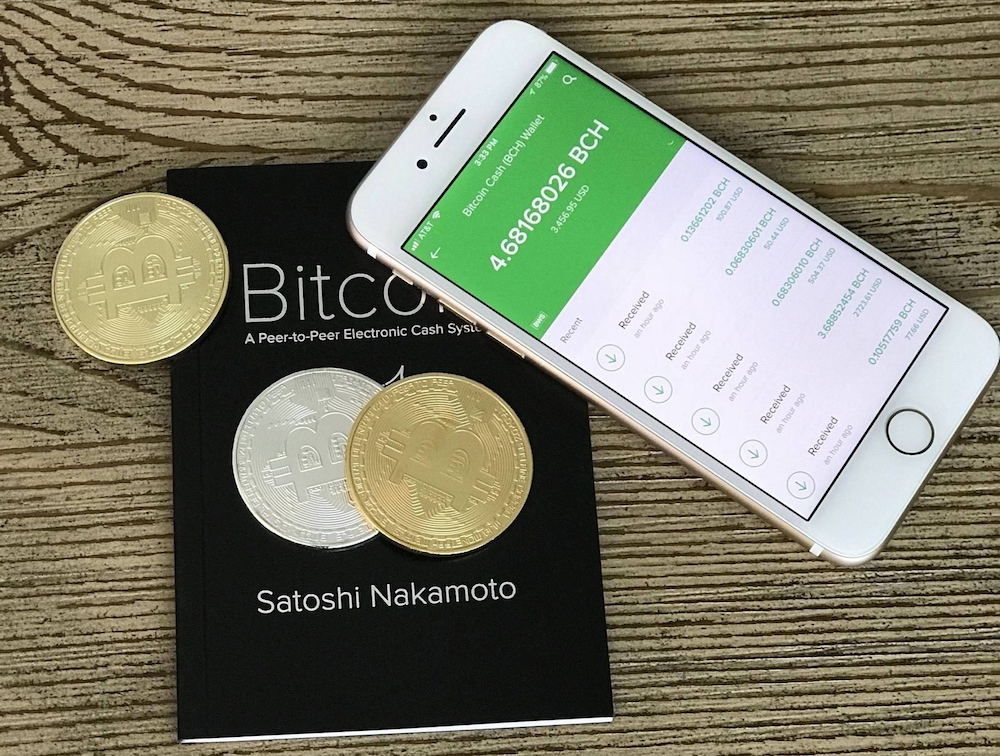
However, one has to make his research and with due diligence before they jump into this space.
Basic understanding of Blockchain technology such as thorough research and reading of case studies and white papers, engaging with community-based groups on Facebook and Reddit will give light and clarity to those who want to be involved in it.
And having financial literacy on how this technology works, gives the users better understanding of Bitcoin and how to create digital wallets they can use to make transactions and pay other establishments and individuals using cryptocurrencies is happening in countries who are still in the exploring and experimenting stages.
The South African central bank has started a practical experiment by launching an Ethereum-Based Blockchain (proof-of-concept) POC “to replicate interbank settlements on an Ethereum-based blockchain.” And while this is not to replace the traditional infrastructure of the banks, the goal is to understand the implications of “using a tokenized asset” with smart contracts.
With real applications and regulated banks joining in the space, it’s also an opportunity for people to create their own digital wallets and accounts and take control of the digital assets, cutting the middleman and financial institutions.
For example, this website, MyEtherWallet.com is a free open-source, client-side interface that generates Ethereum wallets, which are secure and usable for other digital transactions such as transferring cryptocurrencies from one Ethereum wallet to another, as a storage for the coins or even tokens issued by companies that offer ICO – initial coin offerings.
Abra wallet is another digital wallet, which is collaborating with local banks and payment outlets allowing the users to buy Bitcoin and other cryptocurrencies or store their coins, and even fiat money like USD, AUD, and major currencies.
What’s more, the low transaction fees when it comes to sending money is ridiculously low compared to traditional banks via wire transfer or even PayPal transaction fees.
In India and Kenya, Bitcoin transactions are cheaper and more efficient alternative to other mobile payment networks like mPesa, as CoinTelegraph put it.
The Digital Currency Group (DCG) has supported startups like Unocoin and BitPesa in shaping the remittance sector, shifting the individual’s payment methods from cash to cryptocurrencies.
CoinTelegraph said,
“According to DCG, the monthly volume of cross-border payments settled via Bitcoin is increasing at an exponential rate, rising from nearly US$5 million to US$40 million from January to October of 2016.”
Access to funds via P2P lending powered by Blockchain
One of the challenges for entrepreneurs and digital SMEs is access to funds for them to start a business or scale it to the next level.
Bank loans require an arduous process that will take weeks and months before you get the funds, especially in developing countries. And that’s where Rubix.one, a token agnostic, auction-based crypto lending platform for digital SMEs fill the gap using a global comparable credit score for its users in the backend.
As there are certain regulations in terms of loan processing in each country, Rubix.one makes it a bit more decentralized where any digital startup or SME can easily access funds, whether they are payment service providers or traditional lending platforms.
Funds are not limited by time and place.
Anyone, regardless the size of volume they ask for – but of course, they also conduct KYC (Know-Your-Customer) verification process also to protect the platform and its stakeholders – as long as they have revenues.
KYC is simply identity verification. The company checks the buyer’s identity and residency, which requires the borrower to send various documents, most of them in digital formats, to make sure the participants are legitimate.
One of the benefits of participating in this kind of lending platform is that you get to access liquidity especially if you’re in developing countries. What’s more, you get lower rates compared to the rates of traditional banks and also the processing time is much shorter.
Here’s how Rubix.one platform work:
- They have a meta-scoring engine “Rubix Score” which provides reliable data on any user’s credit standing.
- Aggregate data and behavior from service distributors – Uber, Airbnb, Amazon, PSD2, combined with data from traditional services like Equifax and EulerHermes, digital wallets of users based on Blockchain technology, like Bitcoin and Ethereum wallet
Another way Blockchain and smart contracts provide easy access to funds is through a membership-based lending and borrowing network where the community can use their blockchain assets – such as cryptocurrencies (Bitcoin, Ethereum, Ripple, etc.) to secure cash loans.
SALT allows the members to use their cryptocurrencies as holding collaterals to get cash, but for now, the offer is limited to certain regions.
While their platform is still exclusive to members, they require the participants to register and become SALT token holders.
These are ERC20 tokens that the members spend once they become part of the lending platform. ERC20 tokens can be stored in an Ethereum wallet as mentioned above. Members can redeem these tokens to receive better rates on loans, purchase items from the online store or pay loan interest.
In a nutshell, SALT allows members to hold their digital assets while they secure cash loans based on the terms of the loans.
If there’s one thing that Blockchain technology can do in terms of it functioning like a distributed economy is to decentralize financial processes and make funds accessible to everyone.
Blockchain: In a Speculative Stage with Full of Potential
However, just like any emerging technology, there are also caveats behind it. It’s still in a nascent stage where everyone is still unsure of where it will lead and what it will become.
Dave Balter, nailed it in when he wrote this:
“The Blockchain industry is different for one simple reason: because there is a limitless amount to learn, about an unlimited number of things. And there is no plateau in sight.”
No one can become an expert in this field overnight. With cryptography, technology, programming, and economics, combined, it’s for people who understand that learning is a relentless pursuit, to know the unattainable and continue to explore the possibilities that will make an impact to the society, especially when it comes to corruption and poverty.
Its decentralized nature strengthens its function as a distributed economy where everyone gets involved.
The transparency of the technology where even if one intends to compromise one block is too difficult to execute, which has a lot of potentials when it comes to enhancing security.
And even if it’s still in its nascent stage, individuals and regulators alike are fascinated by it and are experimenting on it in various projects.
And whether you’re a social entrepreneur, a non-profit organization, or a curious geek, you can be the new kid on the block and make a change in the society regardless of your niche or expertise.
It’s the only technology, as of this writing, that will never satisfy a curious mind who’d like to be a change creator in his field.
So much to learn, so much to do.
Will you be the new kid on the block to make a change?








